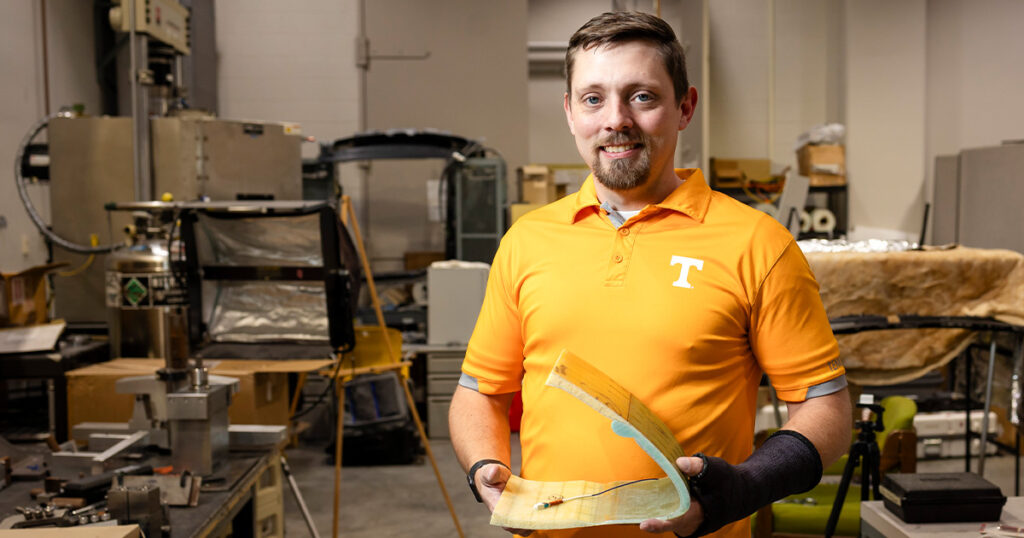Giving it Another Whirl
Zach Arwood (BS ‘18) has worked in cabinetry, construction, commercial kitchens, and an automobile factory. He can lay bricks, change a diaper, and play the guitar.
And now he’s researching how to make wind energy capture more sustainable.
“Traditional turbine blade materials are thermosets, which are not recyclable; they wind up in the landfill,” Arwood explained. “That’s a detriment to the idea of renewable energy.”
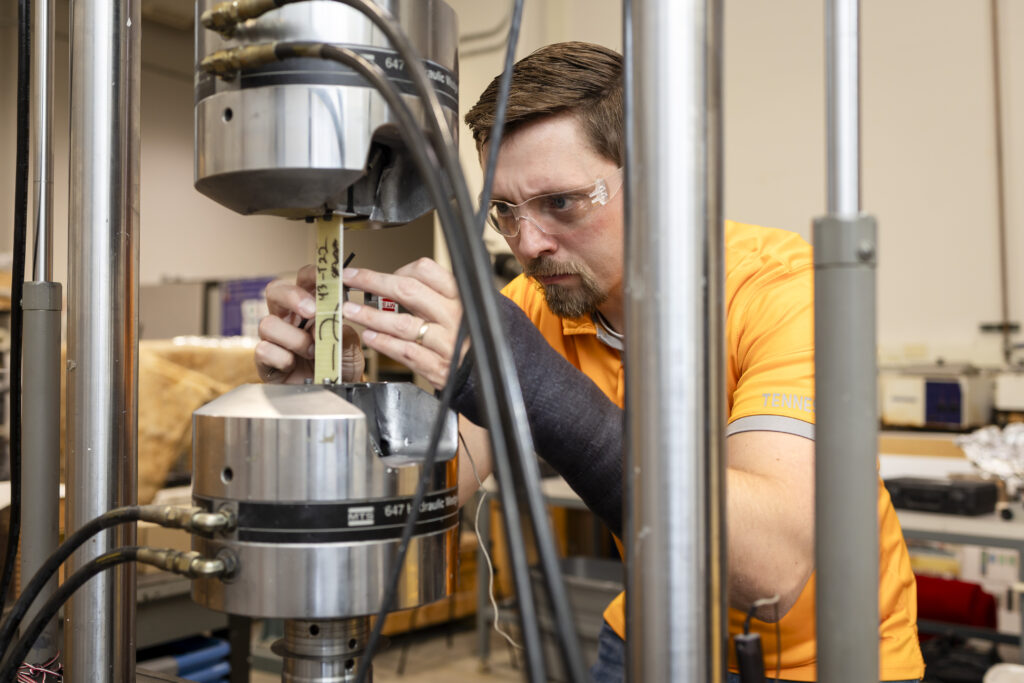
Arwood earned his bachelor’s degree from the Department of Civil and Environmental Engineering (CEE) in 2018, completing a goal that had been on pause for 10 years. He has also gone further in academia than he initially planned, continuing his education with a PhD.
“Because I started back to school later in life, I have a family,” Arwood said. “I needed to go somewhere that was relatively close to my home in Etowah, but also where I could get a nice degree, a nice education. The best option, of course, is UT.”
From Construction to College—and Back
For much of Arwood’s youth, his parents worked at his uncle’s cabinet shop. Money was tight, but Arwood’s family always encouraged his desire to tinker and build—an early sign that he might one day become an engineer.
“I’ve always really liked to know how things work and work with my hands,” Arwood recalled. “My dad taught me how to use tools when I was a child, and as I got older, I got experience working with masons and builders.”
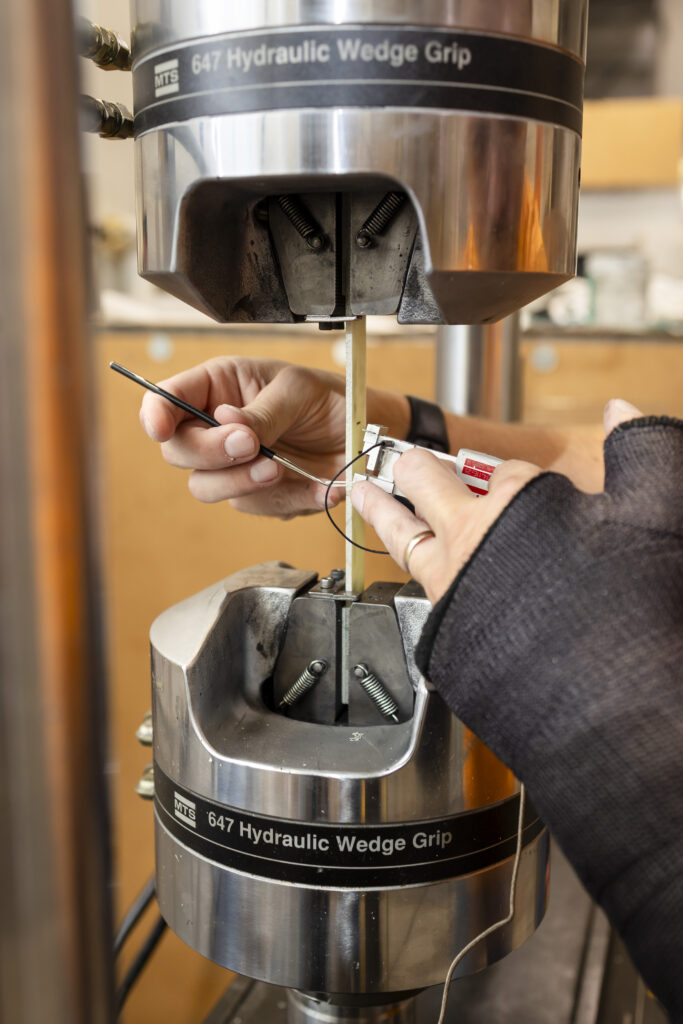
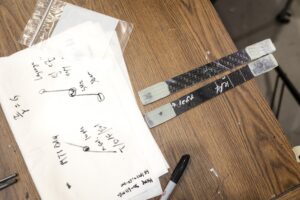
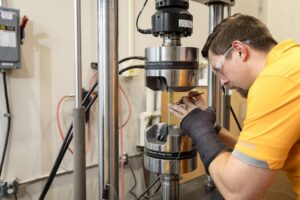
The business closed when Arwood was a teenager, further restricting his family’s budget. Though he began a chemistry degree at Middle Tennessee State University, financial hardship forced him to leave school after his sophomore year.
For the next few years, Arwood kept working with his hands, doing construction and automotive work, managing a restaurant kitchen, and working as a mason’s apprentice.
He also spent plenty of time with his family and community, playing guitar for his church’s worship team, serving as a youth pastor with his wife, and helping raise two sons.
However, his interrupted degree never left his mind.
The Mind of an Engineer
Many people in Arwood’s life encouraged him to go back to school. A family friend, an industrial engineering alum of UT, told Arwood that he had the mind of an engineer.
However, his wife was his strongest advocate.
“She said, ‘You’re too smart to just waste your life not doing something that will challenge you and bring out your full potential,’” Arwood said.
The decision was not easy. The commute to UT would be grueling—a 120-mile round trip every day—and the coursework would further reduce Arwood’s time with his family.
Still, after extensive discussion and reflection, he and his family concluded that if he could earn a fulfilling degree, those sacrifices would be worthwhile.
Beyond the Bachelor’s
When Arwood came to UT at the age of 28, he initially had some trouble finding a sense of belonging.
“Being a nontraditional student can be a little awkward sometimes, because most undergraduates are definitely not my age,” he said. “But the faculty at UT, especially in CEE, have been extraordinary. They have never treated me in any other way but accepting and encouraging.”
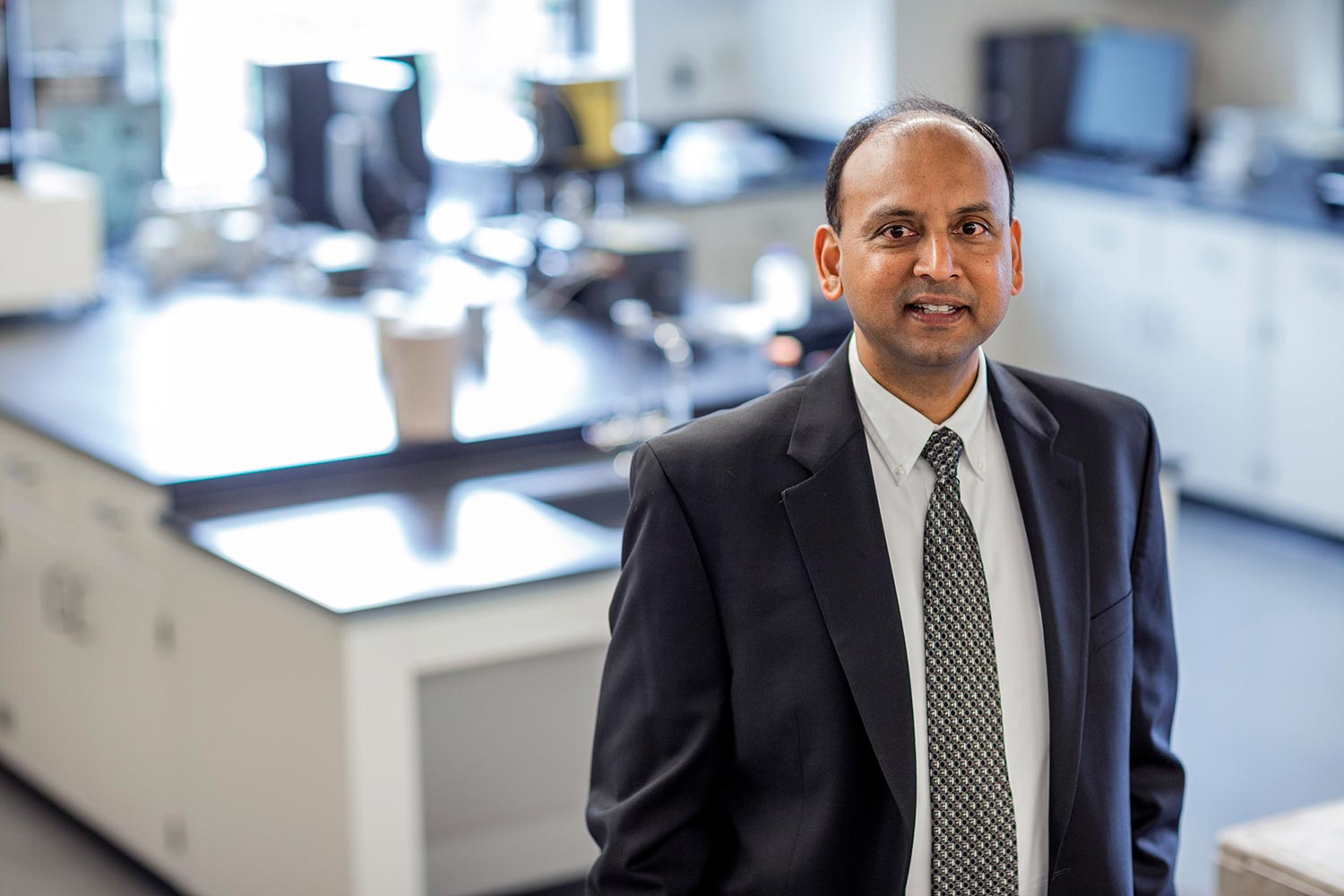
Arwood felt especially welcomed by Dayakar Penumadu, a CEE Fred N. Peebles Professor and IAMM Chair of Excellence, and soon began conducting research in his lab.
As Arwood became more involved in the materials analysis aspect of civil engineering, Penumadu suggested that a PhD would appeal even more to his love of discovery—and give him more opportunities for hands-on work.
Renewable Energy, Renewable Materials
Now in the seventh year of his PhD, Arwood conducts mechanical tests and physical property analysis on a recently developed material slated for use in wind turbine blade manufacturing.
“My dissertation focuses on glass-fiber reinforced thermoplastic, a fully recyclable material, in the manufacture of wind turbine blades,” Arwood said.
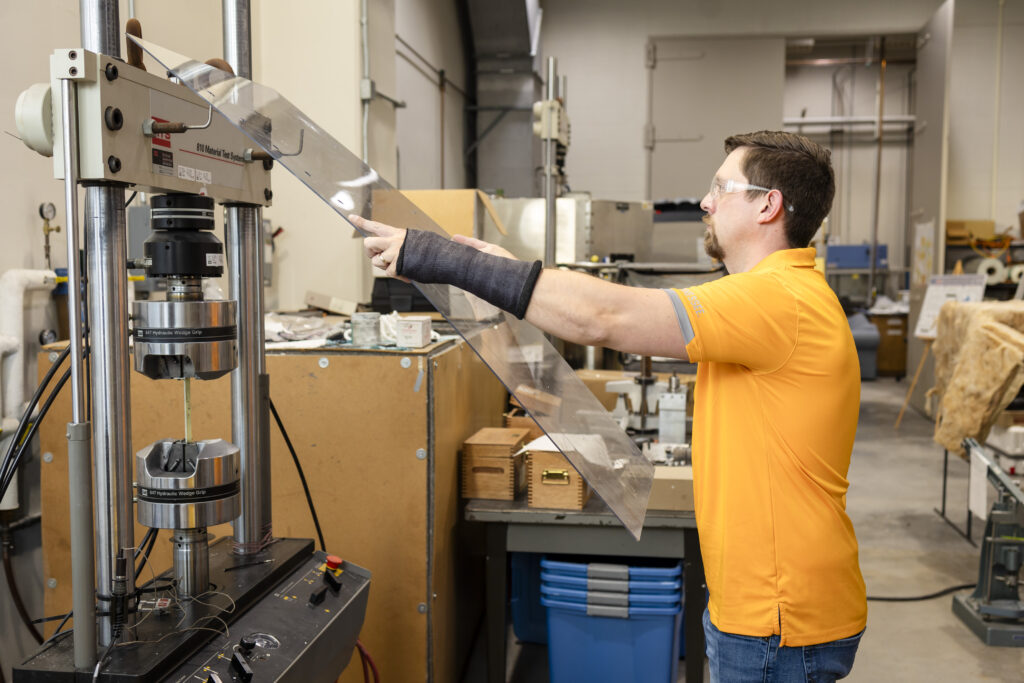
The thermoplastic, recently developed by a company called Arkema, is liquid at room temperature but has a low viscosity, which theoretically makes it a ready substitute for the epoxy and other materials traditionally used to make turbine blades.
Arwood researches the thermoplastic’s limits, putting test pieces through millions of cycles of wear to make sure it can tolerate the constant gravity loads and erratic wind loads a blade is required to withstand over its 20-year lifetime.
“The US has a goal of 20% wind energy by 2030, which is pretty unattainable with what we have right now,” he said. “Hopefully, if we can have fully recyclable materials that are cost-efficient, wind energy becomes a much more viable option.”
Contact
Izzie Gall (865-974-7203, egall4@utk.edu)
